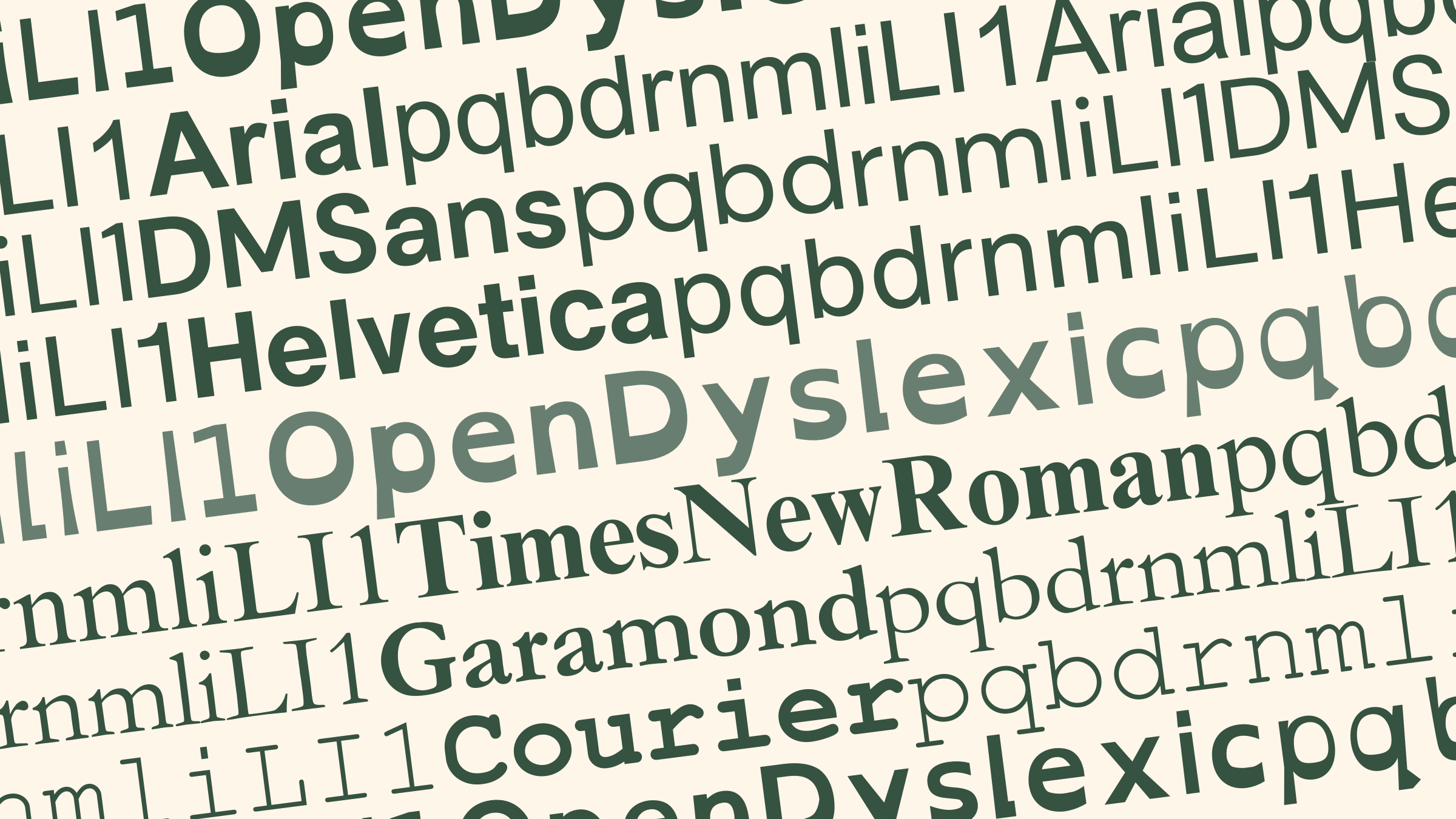Written by Ryan Novack, High School English & Yearbook Teacher
In my last blog, I introduced the importance of incorporating literacy in your yearbook class activity. This will provide a consistent emphasis on good reading and writing skills for your students. However, from what might seem like a more selfish standpoint, this will ensure that your yearbook is not only filled with great pictures, but that it is also rich in content with great texts.
I really love the literacy lessons that I teach in my English classes and yearbook class. I certainly did not make them up, in fact many of the principles I use come directly from the California State Expository Reading and Writing Course. In this course, the focus is less about reading comprehension and more about analyzing the text from a rhetorical standpoint and asking the students to try and understand the author’s intent and how he is trying to influence the reader.
Teach intentional writing
How does this relate to yearbook class? Good question. The point of asking the students to understand the author’s intent in the reading lessons is so the students will then become intentional writers and understand their own intent as authors. What this does is breeds good writers and good writing. Like I said, this is of the utmost importance in your yearbook.
You will be providing readings for your students with the soul intent of teaching them how to write in the appropriate style for your yearbook. Like I said in my previous blog, every Tuesday is “Text Tuesday” in my yearbook class where we analyze some type of reading that is relevant to what I want to see in our yearbook. Sometimes we read captions, sometimes we read full texts and sometimes we simply analyze the layout of a yearbook page and try and figure out how the text relates to the tone of the page from a design standpoint. The text you choose will be based on where you are with your class, but making sure the text you choose is targeted toward your yearbook is the most important part.
Choose the right text
This seems like an obvious and simplistic step. However, the text you choose is going to dictate the effectiveness of your lesson and should be a good example of whatever skill you want your students to acquire. If you want your students to write profile pieces on students in your school, you should choose a text that profiles somebody well known, interesting or infamous.
On the other hand, if you are teaching the students how to write good captions, find examples of captions that exemplify what a good caption should be, and have your students analyze a handful of them.
No matter what, the text must be engaging, and the text must be relevant to the lives of the students. I know that it’s tempting to challenge the students with an esoteric text that is rigorous and (like Kale or wheatgrass juice) is good for them. However, trust their English teacher to provide that for them. For yearbook class, choose something that students can emulate for the yearbook. Just because the subject of the text is not obscure, does not mean the students won’t learn something.
I have found that magazines such as Rolling Stone and Time magazine work really well in order to provide examples that are both interesting for the students, but also are great examples of journalistic writing. You’d be surprised how much traction you can get from an article about a well known musician or an in depth profile of a powerful young entrepreneur.
In one particular situation, I found a Rolling Stone article about Snooki, from Jersey Shore fame. At the time, Snooki was still very much relevant and a rather controversial figure amongst my students. Some thought she was a terrible example of a human being and others admired her for her honesty and her ability to maintain her unique identity. What this controversy did was allowed for us to look at Snooki from the perspective that the article was trying to represent. By first identifying what the author thought about her, we were able to see how he used his skills as a writer to present his image of Snooki.
This was a good text because, not only did the author succeed in presenting Snooki as a sympathetic person, but he also identified that many people find her to be a terrible person. From a “lesson” standpoint, this article was magical. Since a profile about Snooki is not much different than a yearbook profile of a student in our school, we were able to see an example of the style, rhetoric and structure of a profile piece that we could use in our own yearbook. Since the author discussed the many perspectives that the public has about Snooki, we were able to see rhetorical techniques, such as “concession,” in action.
Review the yearbook class archives
That being said, there is nothing like the real thing. Having students read good examples of yearbooks from past years is also important. With this, the students can see what journalistic writing looks like within a yearbook class. After they have read a few profiles from professional publications they will be able to compare and contrast and gain a critical eye for good writing in this particular style.
While finding great examples from great yearbooks is going to be very helpful, there is also a benefit in finding examples from yearbooks that are not good. If the students can identify and understand what does not work, they will be less likely to commit the same mistakes in their own yearbook.
What I’ve done in the past is found a few examples of profile pieces from past yearbooks that did not work for myriad reasons. Maybe there were grammar mistakes or maybe the piece did not provide a well-rounded perspective on the person. Whatever the reason, the lesson I did around the piece was to identify what could have been done differently and then to rewrite it in a more compelling fashion.
Make them smoothies
Regardless of what you do with the text you choose, the most important part is to find a text that works well for your lessons, but also a text that will make the students want to read it.
You can’t make it too easy, and you can’t make it too difficult. You must find the happy medium. If you give a little kid a bunch of Skittles, and that’s all they eat, they will be happy for a minute, but ultimately they will crash and get a headache. Just because Skittles taste like fruit, does not mean they are fruit. On the other hand, if you give a kid too much broccoli, they are going to get bored and try to find ways to kick you. Sticking with this rather long metaphor, I’ll say this: the goal you are going for is to make them a smoothie. Something that tastes great, but is still good for them.
In my next blog, we will get in to the pre-reading process and discuss the importance of prediction.






